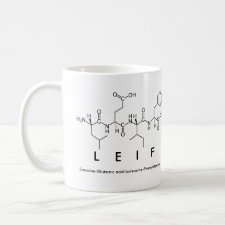
Authors: Shen XT, Svensson-Bonde J, Kamra T, Bülow L, Leo JC, Linke D, Ye L
Article Title: Bacterial Imprinting at Pickering Emulsion Interfaces.
Publication date: 2014
Journal: Angewandte Chemie International Edition
Volume: 53
Issue: (40)
Page numbers: 10687-10690.
DOI: 10.1002/anie.201406049
Abstract: The tendency of bacteria to assemble at oil-water interfaces can be utilized to create microbial recognition sites on the surface of polymer beads. In this work, two different groups of bacteria were first treated with acryloyl-functionalized chitosan and then used to stabilize an oil-in-water emulsion composed of cross-linking monomers that were dispersed in aqueous buffer. Polymerization of the oil phase followed by removal of the bacterial template resulted in well-defined polymer beads bearing bacterial imprints. Chemical passivation of chitosan and cell displacement assays indicate that the bacterial recognition on the polymer beads was dependent on the nature of the pre-polymer and the target bacteria. The functional materials for microbial recognition show great potential for constructing cell-cell communication networks, biosensors, and new platforms for testing antibiotic drugs
Template and target information: bacteria, Escherichia coli, E. coli, Micrococcus luteus, M. luteus
Author keywords: interfaces, molecular imprinting, Pickering emulsion, pre-polymers, self-assembly



Join the Society for Molecular Imprinting

New items RSS feed
Sign-up for e-mail updates:
Choose between receiving an occasional newsletter or more frequent e-mail alerts.
Click here to go to the sign-up page.
Is your name elemental or peptidic? Enter your name and find out by clicking either of the buttons below!
Other products you may like:
 MIPdatabase
MIPdatabase









